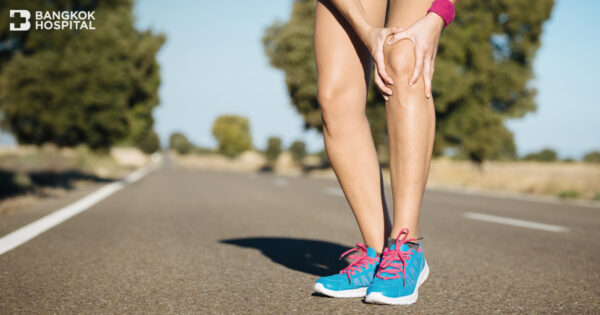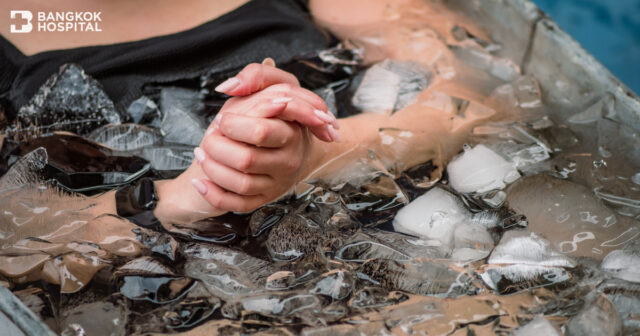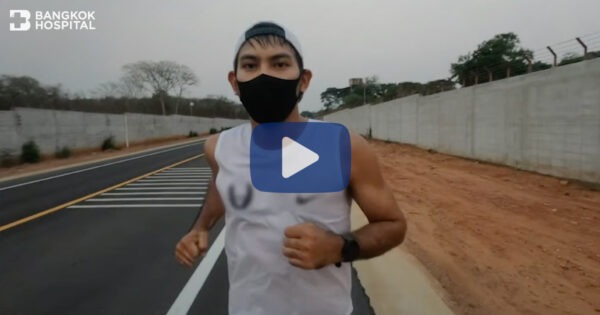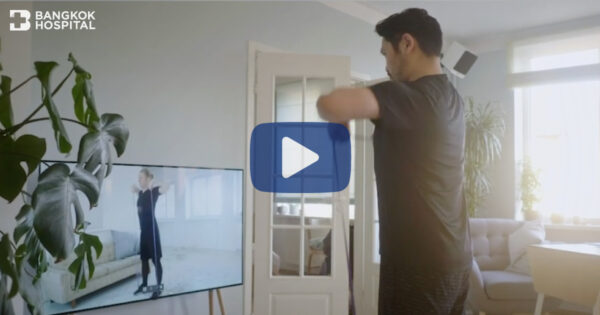Patellofemoral Pain Syndrome
For runners, when discussing injuries from running, many undoubtedly have felt some pain around knee joints while running. The fact is about 20% of runners have experienced patellofemoral pain syndrome.
The main symptom appears to be soreness around the knee cap area. Initially it is merely some minor discomfort and is only felt while running. Then gradually the pain increases – more so while running up or down an incline, walking up or down stairs, or simply standing up after sitting for some time – until it can be felt behind the knee joint even while resting.
Generally, this condition is caused by improper body postures during certain activities (such as running with the feet rolling too far inward which creates stress to the knee) or other structural issues (such as lack of core body muscle strength, and weakness in thigh muscles – the quadriceps). Sometimes rubbing or grinding sound can also be heard while walking. It often occurs while running up or down an incline, or when the running distance is lengthened rapidly.
Patellofemoral Pain Syndrome Prevention and Treatment
- Gradually increase the running distance.
- While running, take shorter strides and slightly bend the knee when the foot hits the ground to soften the impact on the knee. This is found to reduce the effect by 30%.
- Increase the strength of the relevant muscles – hips, thighs, and core body muscles.
- Apply cold knee compression after each run to lessen inflammation.
- Consult a doctor for gait or motion analysis, to improve or determine proper postures while walking and running, to prevent injuries.
When Can Running Be Resumes?
It may take weeks or months to recover from runner’s knee. Importantly, you should not continue to run if you have pain in a knee. After some rest, when you resume running, you may feel some tightness in the knee joints but, if it gradually improves as you continue, you can continue. However, if the pain persists, you should stop running immediately and take a rest until there is no more pain.









